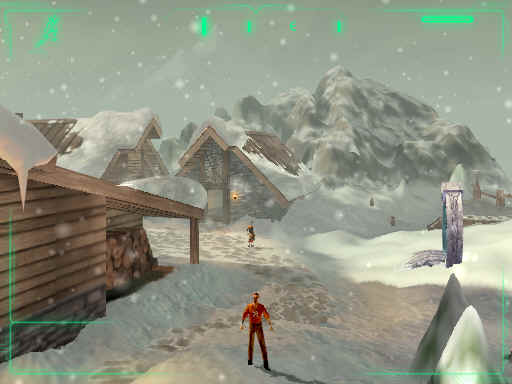We know that developers have been using more or less standard methods in producing visuals.
Now I ve been thinking, "how about developing other methods and techniques to produce high detail surfaces or surfaces in general?"
The general idea so far was to use polygons and add textures and normal maps.
When I see surfaces in real life though there are no polygons. There are smooth surfaces, independent of the excistence of digital polygon surfaces.
It would be interesting if a company develops a different technique that doesnt involve the use of polygons.
Like for example the use of images changing angle and geometry in a similar manner normal maps do but without resting on a polygon surface. Or a creation of a surface that isnt made out of polygons but uses a different technique.
These are just some ideas that may sound stupid but you get the picture. The first organization (developer, hardware producer etc )who manages to create a new teqhnique that requires less hassle and less resources will bring out HUGE possibilities.
Now I dont want to shoot down the possibilities, consider this thread useless and get it locked.
Lets think out of the box.
Now I ve been thinking, "how about developing other methods and techniques to produce high detail surfaces or surfaces in general?"
The general idea so far was to use polygons and add textures and normal maps.
When I see surfaces in real life though there are no polygons. There are smooth surfaces, independent of the excistence of digital polygon surfaces.
It would be interesting if a company develops a different technique that doesnt involve the use of polygons.
Like for example the use of images changing angle and geometry in a similar manner normal maps do but without resting on a polygon surface. Or a creation of a surface that isnt made out of polygons but uses a different technique.
These are just some ideas that may sound stupid but you get the picture. The first organization (developer, hardware producer etc )who manages to create a new teqhnique that requires less hassle and less resources will bring out HUGE possibilities.
Now I dont want to shoot down the possibilities, consider this thread useless and get it locked.
Lets think out of the box.




